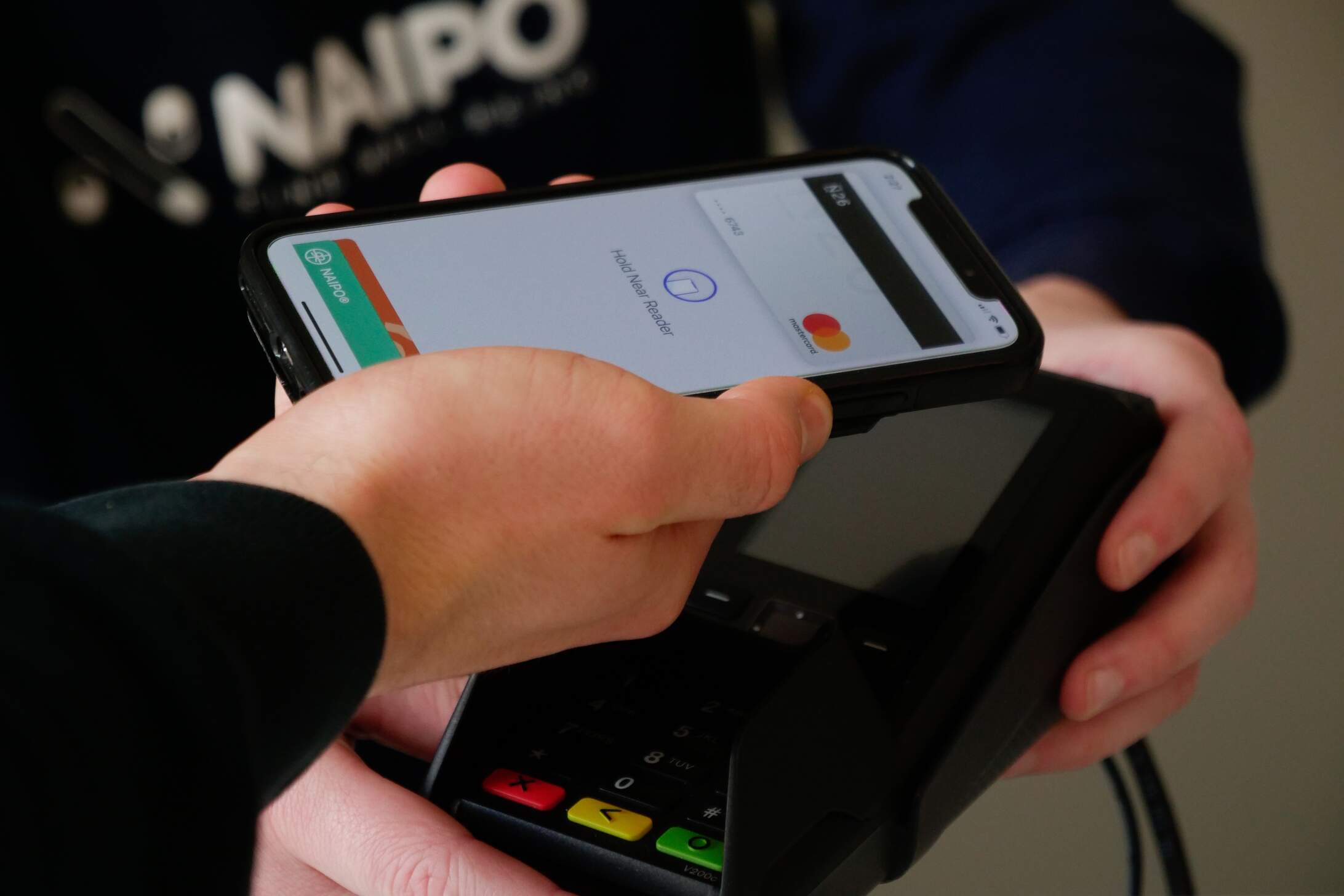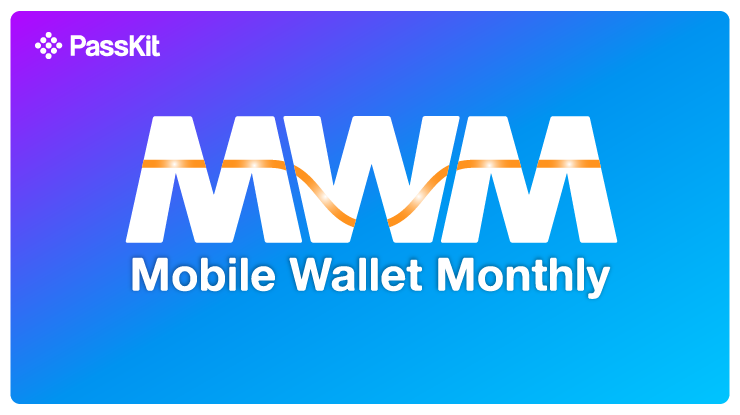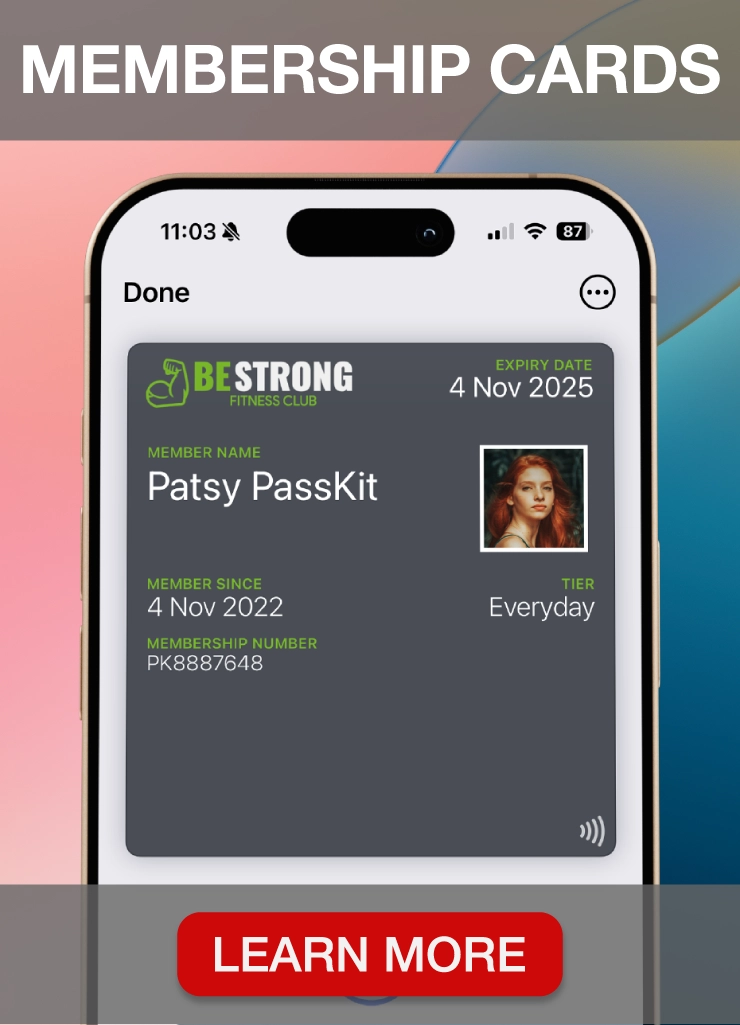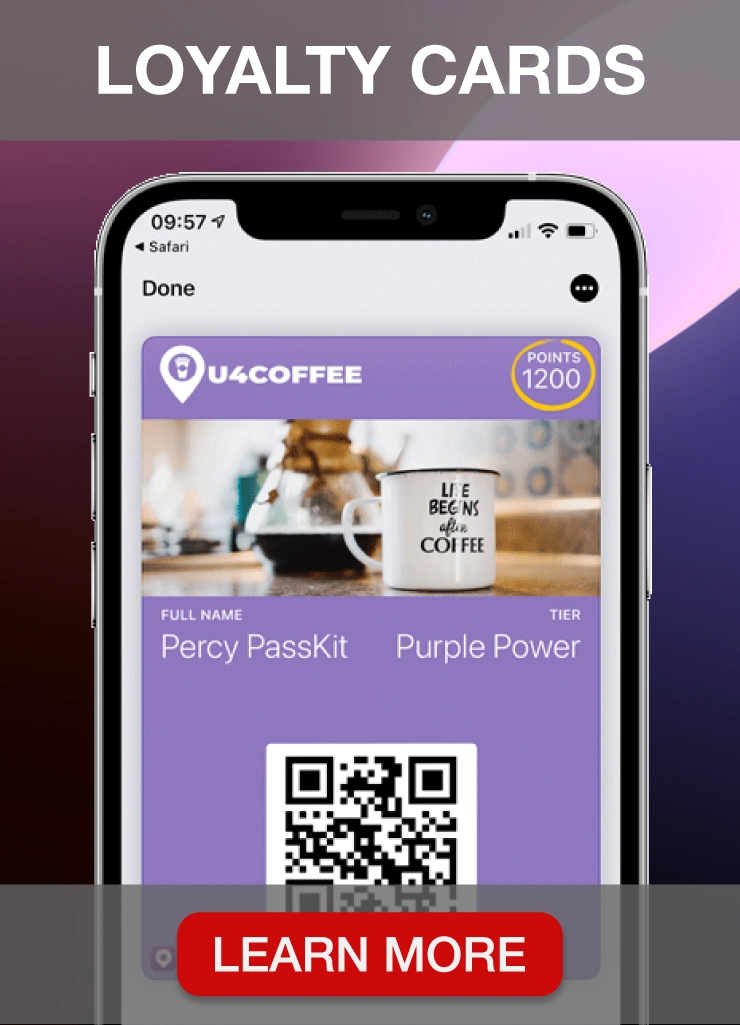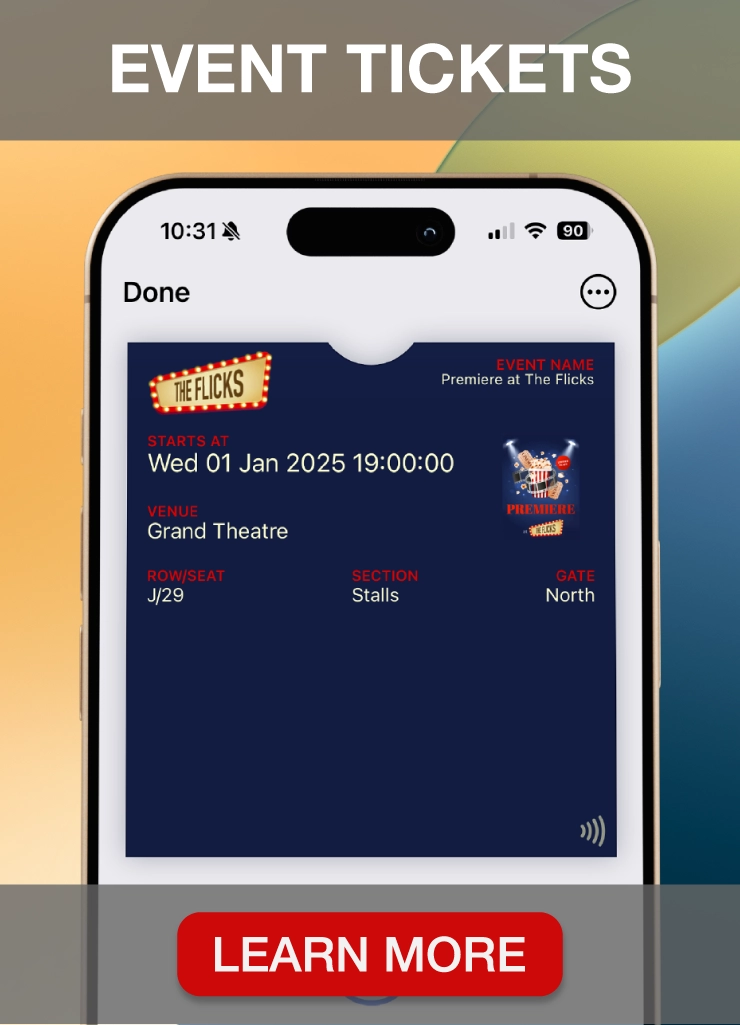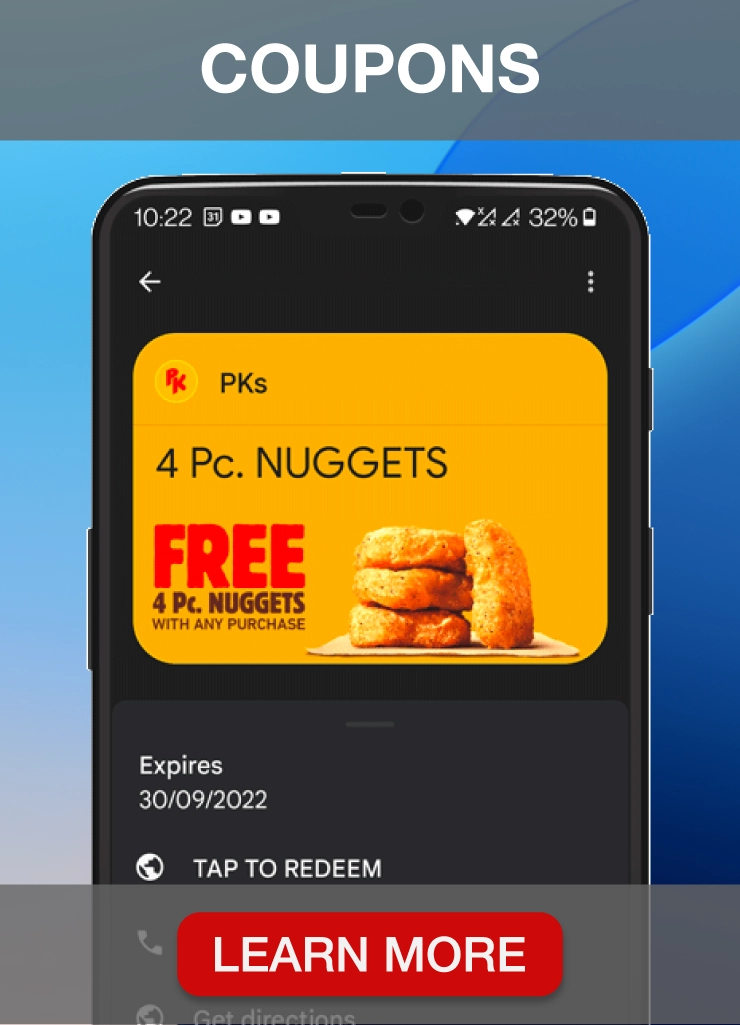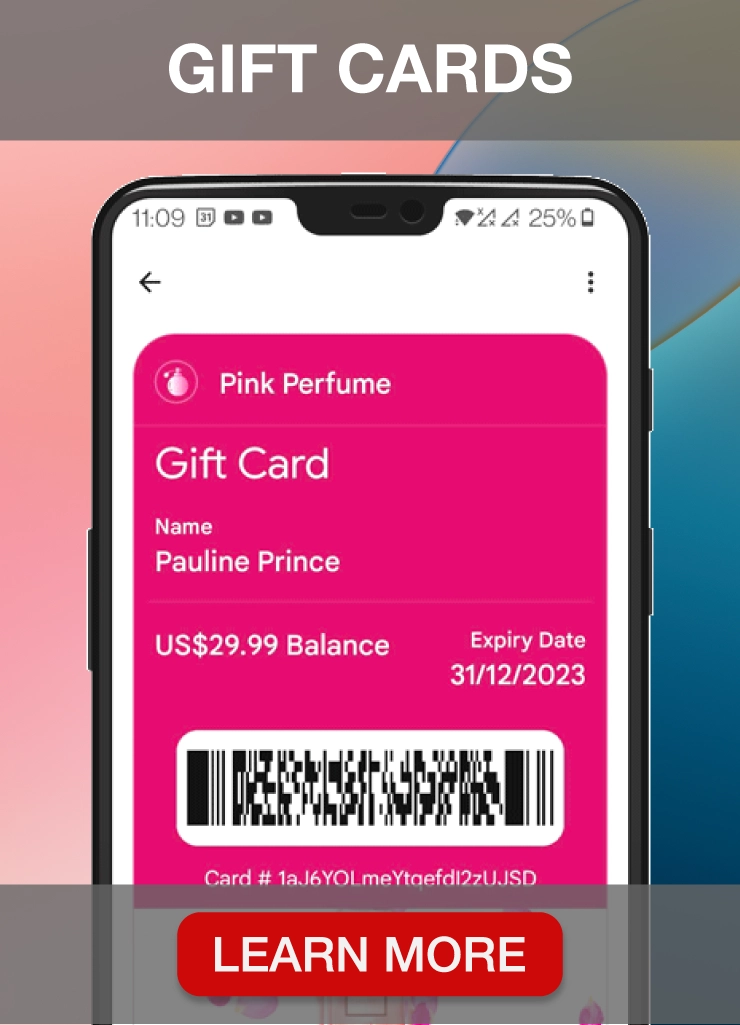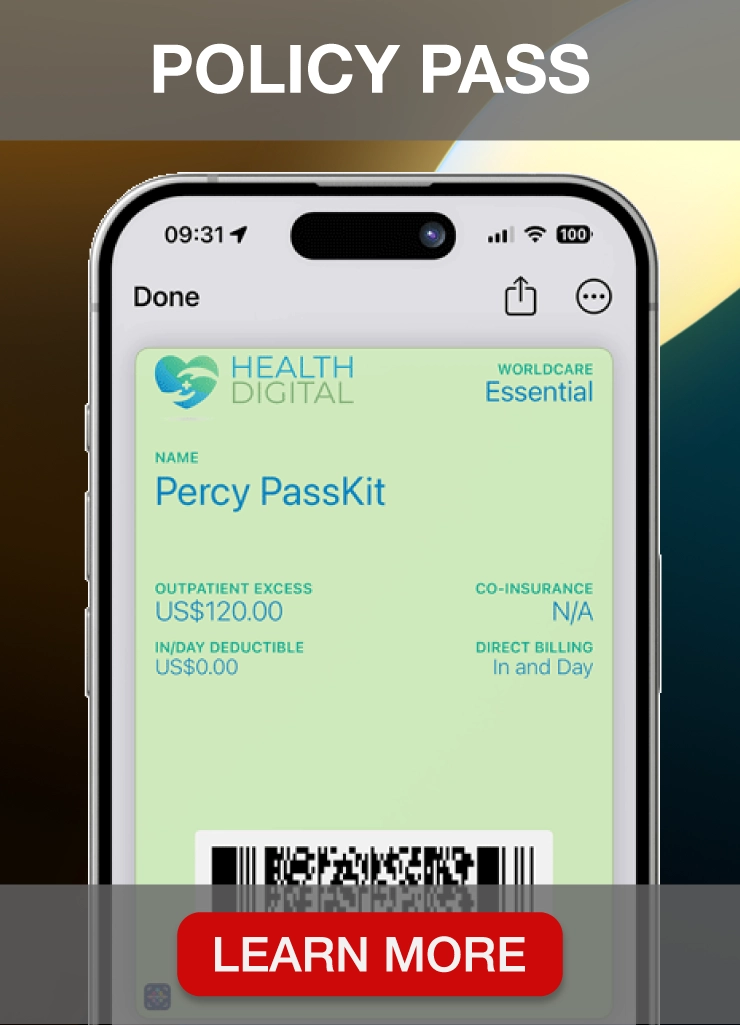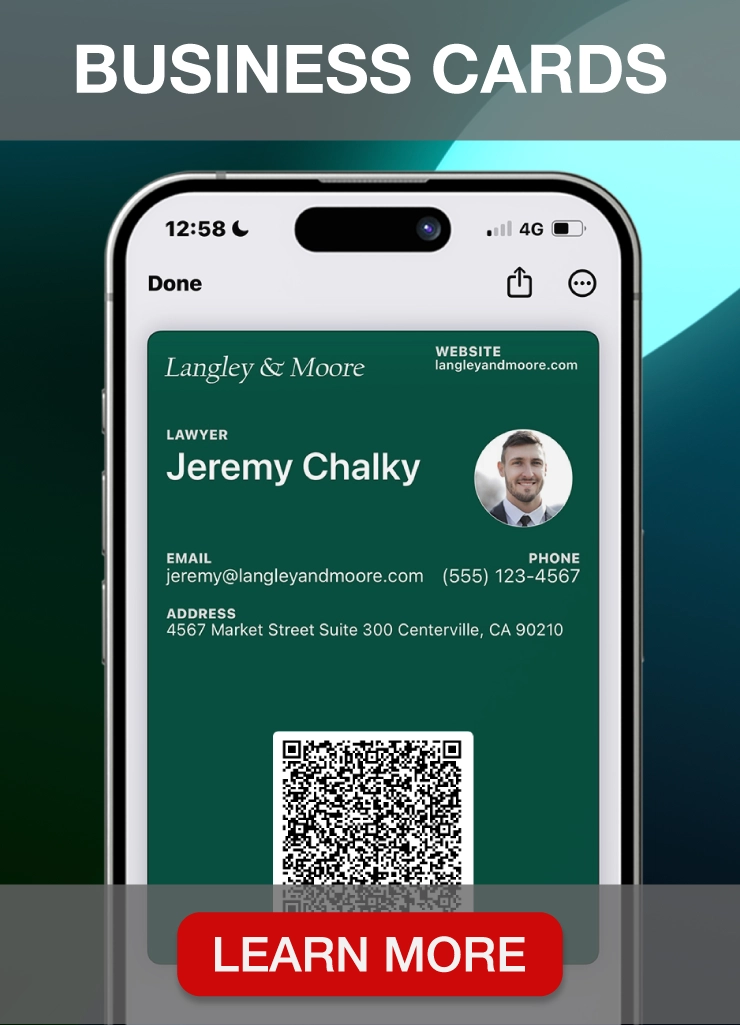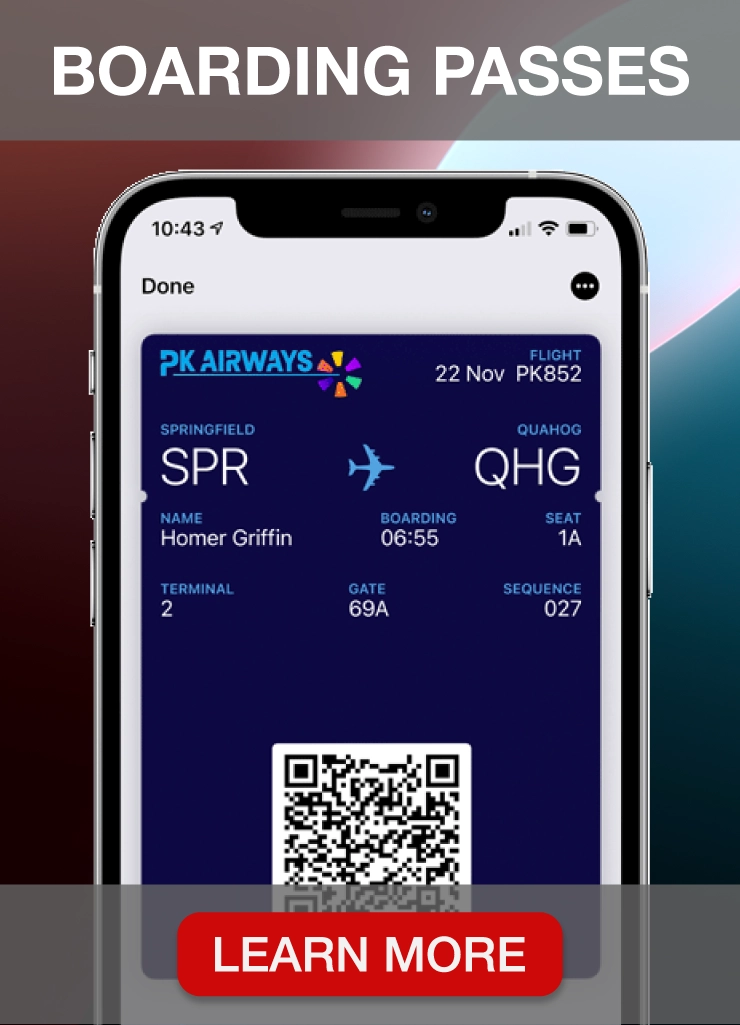Customer loyalty is more important than ever for small businesses looking to grow and succeed. With so many choices out there, it’s getting tougher for companies to keep their customers and get them to buy again.
That’s where a well-designed loyalty program strategy comes in. It’s a fantastic way to build strong relationships with your customers, boost their lifetime value, and ultimately help your business thrive.
In this blog post, we’ll discuss what a loyalty program strategy is all about, the perks it offers, and how to set one up that really works for your business.
What is a loyalty program strategy?
Image source: Freepik
A loyalty marketing strategy is a plan that outlines how a business will encourage customer loyalty and repeat business through a structured program that offers rewards, incentives, and exclusive perks to customers.
The goal of a loyalty program strategy is to create a positive customer experience that keeps customers coming back and referring others to the business.
Benefits of loyalty program strategy
Image source: P2P marketing
A well-designed loyalty program strategy can offer several benefits to small businesses, including:
- Increased customer retention: A loyalty program helps keep customers coming back because it gives them rewards for staying with the business and making repeat purchases.
- Higher customer lifetime value: Loyal customers spend more over time, which means they’re worth a lot to the business in the long run.
- Improved customer engagement: A loyalty program allows businesses to engage with customers through personalized communications, exclusive offers, and special events.
- Valuable customer insights: Companies can tap into what customers want and need, helping them improve their marketing efforts.
- Competitive advantage: Loyalty programs can really help small businesses stand out from the big brands and give them a nice edge in the market.
- Cost-effective marketing: Personalized campaigns can lead to higher conversion rates and better returns compared to traditional marketing methods.
Also, building better connections with customers through focused campaigns can boost customer satisfaction.
Key elements of a loyalty program
Image source: TechJury
A solid loyalty program has a few key pieces that make it work well.
First, you’ve got behavior motivators that encourage customers to buy again, refer friends, or engage on social media by offering rewards.
Then, there are sentiment builders for creating a positive feeling between customers and the brand through personalized experiences, special deals, and top-notch customer service.
Lastly, engagement activators get people involved with fun elements like games, challenges, and interactive experiences that keep things exciting.
When businesses bring all these parts together, they can build a well-rounded loyalty program that keeps customers coming back, promotes strong connections, and builds brand loyalty over time.
Designing a customer loyalty program
Image source: Freepik
You should keep a few key things in mind to create a solid program and reward customer loyalty.
Set clear objectives
First, setting clear goals is important—know what you want to achieve, whether keeping customers around longer, boosting repeat purchases, or getting more referrals. Having clear objectives makes a difference in how well the program works.
Create a value proposition
Next, you must figure out a value proposition that speaks to your existing customers. It means showing them the perks of joining the loyalty program, like rewards, discounts, or exclusive deals they can get just by being part of it.
Understand your customer base
Image source: Laudco Media
Look at the customer data to understand what they like, how they shop, and their overall behavior. Customize the program to match their needs, making it way more effective.
Offer targeted incentives
Offer rewards that are valuable and appealing. Consider giving points, discounts, free products, or early access to sales and events.
Recognize and reward top customers
Identify and reward the most loyal and valuable customers with special perks and recognition. This can help strengthen the emotional connection between the customer and the brand.
Implementing a loyalty program strategy
To implement a loyalty program strategy, you should follow these steps.
Set a budget and decide on campaign channels
Determine the budget for the loyalty program and select the channels through which it will be promoted and delivered.
Develop a loyalty points system
Create a points reward system that awards customers for desired behaviors, like purchasing, referring friends, or engaging with the brand on social media.
Optimize communication
Use targeted messaging to communicate with customers about the loyalty program, including reminders to redeem points, exclusive offers, and personalized recommendations.
Create a referral program
Motivate customers to refer people to your business by offering incentives, such as bonus points or exclusive rewards.
How to create a loyalty program with PassKit
Making your loyalty program a reality is all about having a good plan supported by excellent customer loyalty apps.
PassKit is our go-to digital rewards platform that makes this process easy. With our customer loyalty software, you can easily create and roll out your program without needing any coding skills or design know-how—no outside help is required. It’s super user-friendly!
PassKit helps you create, personalize, manage and share loyalty customer cards for mobile wallets like Apple and Google Wallet without any hassle. It’s perfect for small business owners who want to create an automated loyalty program.
Give it a try with our 45-day free trial and see how it all works!
Onboarding PassKit software
Getting started with PassKit is simple. You can sign up for a 45-day free trial to check out all the features.
Once the trial’s up, you can keep using our loyalty program management software with a pay-as-you-go plan and unlock discounts and benefits as your business grows. For more details, just head over to our Pricing page.
From the user’s angle, PassKit makes it easy for customers, from signing up to cashing in their rewards. It works with mobile wallets, making the whole experience smoother and encouraging people to get involved since everything is so accessible.
Customers can sign up for your program with just one tap on their phone and safely stash their digital cards in their mobile wallets for quick access whenever they need them.
Program customization and branding
Keeping your branding consistent—from your promotional materials to communication channels—really helps people recognize and trust your brand.
PassKit makes it easy to create loyalty program cards that really show off your brand identity. You can use design templates or start fresh with the Pass Designer.
Customize your cards by adding your logo, brand colors, a standout image, and a QR code for easy scanning.
You can personalize your loyalty reward cards with details like customer names, point balances, and tiers. It gives each customer a unique experience, which helps boost loyalty and keeps them engaged.
With PassKit, you can also require certain info when customers sign up and use that information for marketing, too.
Loyalty cards distribution
If you want to get your loyalty cards into your customers’ hands, PassKit is the way to go. It makes the whole process automated for you and your loyal fans.
You can share your cards online or offline, creating a smooth experience at every brand touchpoint. It integrates easily with marketing automation and email management tools, so you can cut out all that manual work.
PassKit uses QR codes to grant quick and secure access. Customers can scan the code on your promo materials to add the loyalty card to their digital wallets, keeping everything simple and user-friendly.
Training your staff
Having well-informed staff is key for explaining how great your loyalty program is, helping customers sign up, giving out rewards, and answering any questions they might have.
With PassKit, you won’t have to stress about lengthy training sessions. Its user-friendly setup makes it easy for your staff to learn the ropes quickly.
If you ever run into any bumps, our friendly customer support is always here to help, or you can check out the help center anytime.
This way, your team will be ready to make sure customers have a great experience and can really promote the program effectively.
Measuring results
PassKit’s customer loyalty analytics makes it easy to get a handle on your program and ramp up your efforts to get new customers. You can keep tabs on how your program is doing, see how engaged your customers are, and spot areas where you can do better.
You’ll have access to a ton of information about customer behavior, like how many people signed up for your loyalty program, how many digital cards they’ve saved to their Google or Apple Wallets, and how many have been removed.
You can check out how many cards were deleted through the API or web interface, giving you a complete look at your program’s performance.
You can track how your program performs daily, month by month, or even over the year, and you can set custom time frames if you want to dive deeper. It helps you spot trends and come up with strategies that get customers more involved.
There are also handy charts showing which digital wallets your customers prefer, keeping you in the loop with the latest trends and tech so you can offer the best options available.
On top of that, PassKit gives you insights into which channels bring the most traffic to your loyalty program. You can break down how many passes are installed from each channel you’re using, like email, SMS, or social media.
Analyzing these numbers helps you figure out what’s working well and where to focus your efforts to bring in new loyalty members.
In short, PassKit gives you a clear view of how your program is performing, empowering you to make smart, data-driven decisions to improve it over time.
Sign up for a 45-day free trial today and see how these analytics can help you unlock the full potential of your customer loyalty program!
Measuring loyalty program strategy success
Image source: Freepik
To get a handle on how well a loyalty program is working, you need to look at different metrics that reveal what customers are doing, how they feel, and how engaged they are.
These metrics give a complete picture of how the program performs and affects the relationship with customers.
Behavioral metrics
Behavioral metrics help you figure out how the loyalty program affects customer habits. You can see if customers are shopping more often by tracking how frequently they make purchases.
Looking at the average amount they pay per order helps you tell if they’re spending more money each time.
Customer Lifetime Value (CLV) is a key metric that gives you an idea of how much a customer is worth over time. It’s important to measure how well your program is doing.
Sentiment analysis
Sentiment analysis gives insight into how customers feel about the brand. By looking at their feedback and reviews, you can figure out how satisfied they are and spot where you can improve.
This kind of qualitative info works well with the numbers and helps fine-tune the loyalty program.
Engagement levels
Tracking engagement levels shows how involved customers are with the program. Checking redemption rates can tell you how often customers use their rewards, and looking at their participation in events or challenges shows how well the program creates real connections.
Seeing how customers interact with the brand on social media can highlight how the loyalty program influences brand loyalty and word-of-mouth buzz.
By regularly monitoring these metrics, you can make smart, data-driven choices to tweak your rewards program and boost customer retention and value over time.
Best practices for a loyalty program strategy
Image source: Freepik
To really make a loyalty program strategy work, you should keep a few key things in mind.
Adopt a multi-channel customer service system
Customers want a hassle-free experience, whether they’re shopping in-store, online, or hitting you up on social media. It’s all about making things easy.
They should be able to check their points in-store, use rewards online, and get help on social media without issues.
Provide exceptional customer service
You’ve gotta provide top-notch service. It’s not just about solving problems— it’s about creating great experiences. Train your staff to give personalized recommendations and tackle issues before escalating.
When customers feel respected, they’re much more likely to stick around.
Focus on the customer, not the competition
Focus on what your customers want instead of trying to outdo the competition. Tailor rewards to them, offer exclusive perks and listen to their feedback.
A loyalty program that centers on customers helps build strong emotional connections, which means more loyalty and success in the long run.
Conclusion about loyalty program strategy
A solid loyalty program can really change the game for any business, big or small. It’s all about getting customers to come back, encouraging repeat buys, and creating a positive buzz around your brand.
The trick is to know exactly what you want, get a grip on what your customers need, and roll out rewards that really resonate with them.This way, you can create a program that offers genuine value and contributes to long-term success.
Getting this right means planning it out, keeping an eye on how things are going, and having the right tools to track performance. That’s where PassKit steps in.
It’s a great all-in-one solution for managing loyalty programs. With PassKit, you can easily use mobile-friendly loyalty options that appeal to today’s tech-savvy customers.
The platform gives you powerful analytics to dive into your loyalty data, making it easier to make smart, informed tweaks to improve your program over time.
Whether you’re starting fresh with a loyalty program or looking to jazz up an existing one, PassKit has the features and flexibility to create something that really resonates with your customers and helps your business grow.
If you’re ready to up your loyalty program game, give PassKit a shot.
Start a 45-day free trial now.
FAQs about loyalty program strategy
What are the three R’s of loyalty programs?
The three R’s of loyalty programs are rewards, recognition, and relevance. Businesses should offer rewards that are valuable to customers, recognize their loyalty and contributions, and ensure that the program is relevant to their needs and preferences.
What is a loyalty strategy?
A loyalty strategy is a plan that outlines how a business will encourage customer loyalty and repeat business through a structured program that offers rewards, incentives, and exclusive perks to customers.
What are the KPIs for loyalty programs?
Key performance indicators (KPIs) for loyalty programs can include customer retention rate, customer lifetime value, program engagement rate, redemption rate, and net promoter score (NPS).
What are the five criteria for a successful loyalty program?
The five criteria for a successful loyalty program are:
- Clear objectives and value proposition
- Targeted rewards and incentives
- Seamless integration with existing systems and processes
- Effective communication and engagement with customers
- Continuous measurement and optimization based on customer feedback and data insights.
